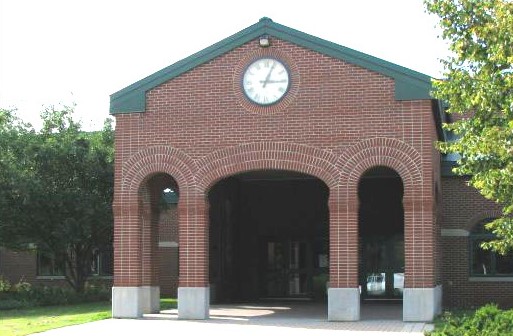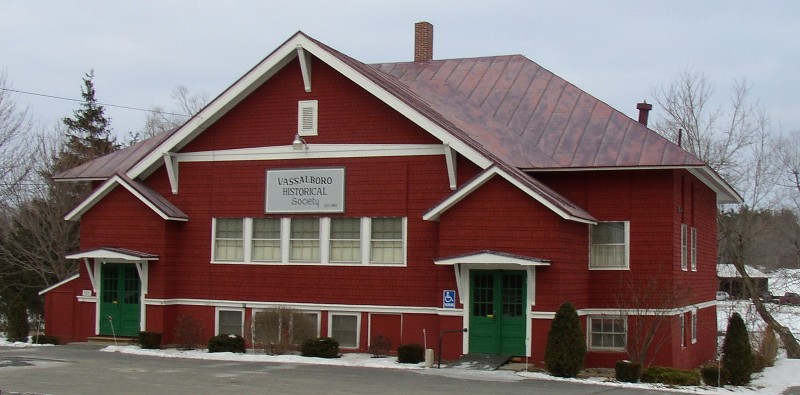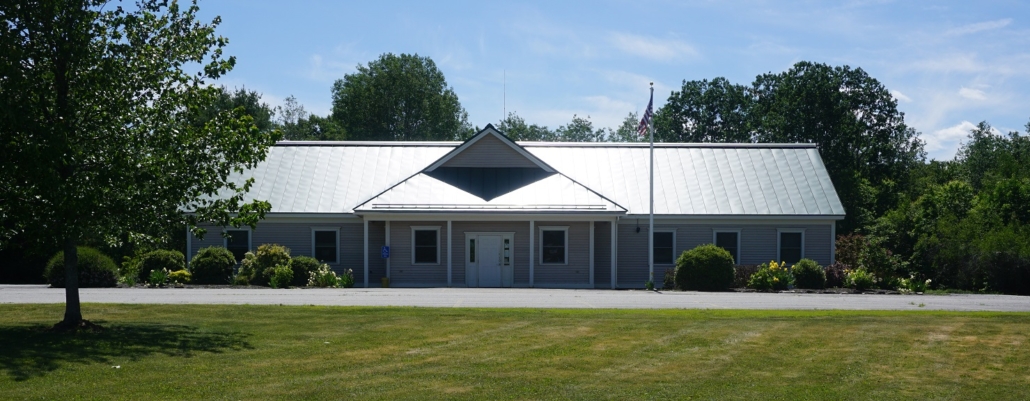
Vassalboro Community School (contributed photo)
GRADE 8
High honors: Brooke Blais, Sofia Derosby, Allison Dorval, Greta Limberger and Taylor Wright. Honors: Noah Bechard, Brady Desmond, Kaylene Glidden, Ava Kelso, Ava Picard and Emma Waterhouse. Honorable mention: Evan Brochu, Echo Hawk, Kailynn Houle, Seth Picard and Victoria Rancourt.
GRADE 7
High honors: Emily Almeida, Jacob Lavallee, Ave Lemelin and Hannah Polley. Honors: Quinn Coull, Madison Estabrook, Aiden Hamlin, Kaiden Morin and Mylee Petela. Honorable mention: Mason Decker, Taylor Neptune and Addison Witham.
GRADE 6
High honors: Adalyn Glidden and Taiya Rankins. Honors: Madison Burns, Tyler Clark, Sophie Day, Ryley Desmond, Madison Field, Jack Malcolm, Josslyn Ouellette, Natalie Rancourt and Bryson Stratton. Honorable mention: Emma Charleston, Eilah Dillaway, Kiley Doughty, Wyatt Ellis, Bailey Goforth, Kylie Grant and Mason Lagasse.
GRADE 5
High honors: Benjamin Allen, Tristyn Brown, Dylan Dodge, Ryleigh French, Jasmine Garey, Drake Goodie, Drew Lindquist, Caleb Marden, Judson Smith, Landon Sullivan and Reid Willett. Honors: Logan Cimino, Zoey DeMerchant, Jennah Dumont, Katherine Maxwell, Brandon Neagle, Ryder Neptune-Reny, Paige Perry, Bentley Pooler, Brooke Reny, Leigha Sullivan, Jannah Tobey, William Trainor and Alana Wade. Honorable mention: Austin Devoe, Timothy Knowles, Cooper Lajoie, Abigail Prickett and Jade Travers.
GRADE 4
High honors: Emily Clark, Keegan Clark, Basil Dillaway, Fury Frappier, Allyson Gilman and Cheyenne Lizzotte. Honors: Kaleb Charlebois, Harlen Fortin, Baylee Fuchswanz, Zoe Gaffney, Lillyana Krastev, Kaitlyn Lavallee, Elizabeth Longfellow, Mia McLean, Elliot McQuarrie, Mackenzy Monroe, Kaylee Moulton, Weston Pappas,, Randel Phillips, Grace Tobey and Ava Woods. Honorable mention: Caylie Buotte, Preston Duenne, Bayleigh Gorman and Jack LaPierre.
GRADE 3
High honors: Aliyah Anthony, Sophia Brazier, Samanta Carter, Grace Clark, Kaylee Colfer, Dekan Dumont, Mariah Estabrook, Riley Fletcher, Camden Foster, Kaylee Pease, Olivia Perry, Haven Trainor and Cameron Willett. Honors: Zander Austin, Lukas Blais, Xainte Cloutier, Twila Cloutier, Wyatt Devoe, Dawson Frazer, Aubrey Goforth, Jade Lopez, Agatha Meyer, Addison Neagle, Austin Pease, Elliott Rafuse, Juliahna Rocque, Cassidy Rumba and Bryce Sounier. Honorable mention: Lucian Kinrade, Sarina LaCroix, Landon Lagasse, Arianna Muzerolle and Henry Quirion.








